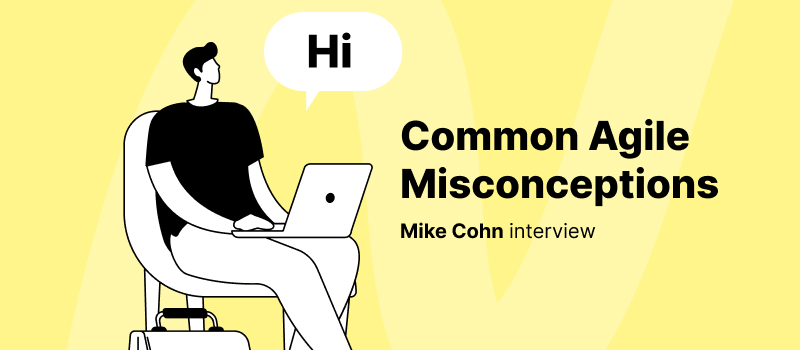
At this point the issue of productivity in the workplace has been explored inside and out with recommendations concerning every tiny aspect of an employee’s activity at work. However, one element that has seen surprisingly little coverage but could have a tremendous effect on staff performance is office seating.
Yes, according to the collaborative research conducted by Cornerstone and Harvard Business School, moving some desks around or sitting next to a colleague whose natural strengths complement yours could hold the key to boosting your employees’ efficiency while costing you literally nothing.
Deciding Who Sits Where & Why It Matters
The researchers analyzed data on more than 2,000 employees in a large technology company with offices across the globe over a two-year period, and discovered that placing the right type of workers close to one another generated up to a 15% increase in employee productivity. For an organization of that size such an increase in performance achieved through strategic seating planning could potentially add 1$ million per annum to profit.
The study mainly focused on measuring the effects of performance “spillover” for each participating employee – the term used by the researchers to evaluate the combined performance of everyone seated in close proximity to a particular worker.
As the report suggests, there are generally three types of workers: the “Productive” ones, the “Generalists”, and “Quality” workers. The productives do their work very quickly but lack in quality. Quality workers’ results are of superior quality, but they tend to be a bit slow. Generalists are your average employees who don’t excel in either area.
And while different employees have different strengths, what the study found is that the spillover effects are actually minimal when they occur in areas of strength. The most successful pairings are the ones between employees from different categories – so, for instance, if you sit a quality worker next to a productive employee their usual attention to detail will influence their colleague and over time help them improve the quality of their work (and vice versa!).
This Cornerstone infographic illustrates the report findings beautifully:

Performance Spillover: The Good & The Bad
As the authors of the study point out, positive performance tends to spill over a lot more than negative performance. So if you place a weak performer next to a strong one, the weaker employee starts to perform much better, while the stronger worker’s productivity remains just as high. That’s why there’s literally no reason not to try and sit your weaker performers next to their better performing colleagues.
However, good performance is not the only thing that can spill over from one employee to another. Much like a virulent decease, toxic behavior in the workplace can be just as contagious. According to the findings, not only can bad behavior spread, but it can also heavily contribute to getting the “infected” employees fired. When toxic employees are placed near each other, the chances of one of them being terminated increase by 27%. And placing a toxic worker near your regular good-natured employees more than doubles their chances of becoming toxic workers themselves, so it would be a good idea to try and separate the toxic workers from the rest of the team.
The authors of the study recommend managers and HR to keep a close eye on how their employees feel about their work environment (with the help of surveys, or just casual one-on-one talks during lunch break), and intervene if any signs of toxicity start showing up.
Analyze to Reorganize
Once your company identifies both negative and positive performance spillovers that exist in the organization and how they affect your staff, you should use that information as a foundation for a new spatial plan. It’s not an easy task, admittedly, but taking full advantage of the benefits of performance spillover by reorganizing the physical placement of your workers will allow you to maximize organizational performance at little to no cost.
The most important thing to keep in mind in all of this is that at the end of the day, good performance has much stronger spillover and is more ‘contagious’ than bad performance. It will just take you some strategic thinking to figure out how to get the most out of it, so get those chairs moving!



















































